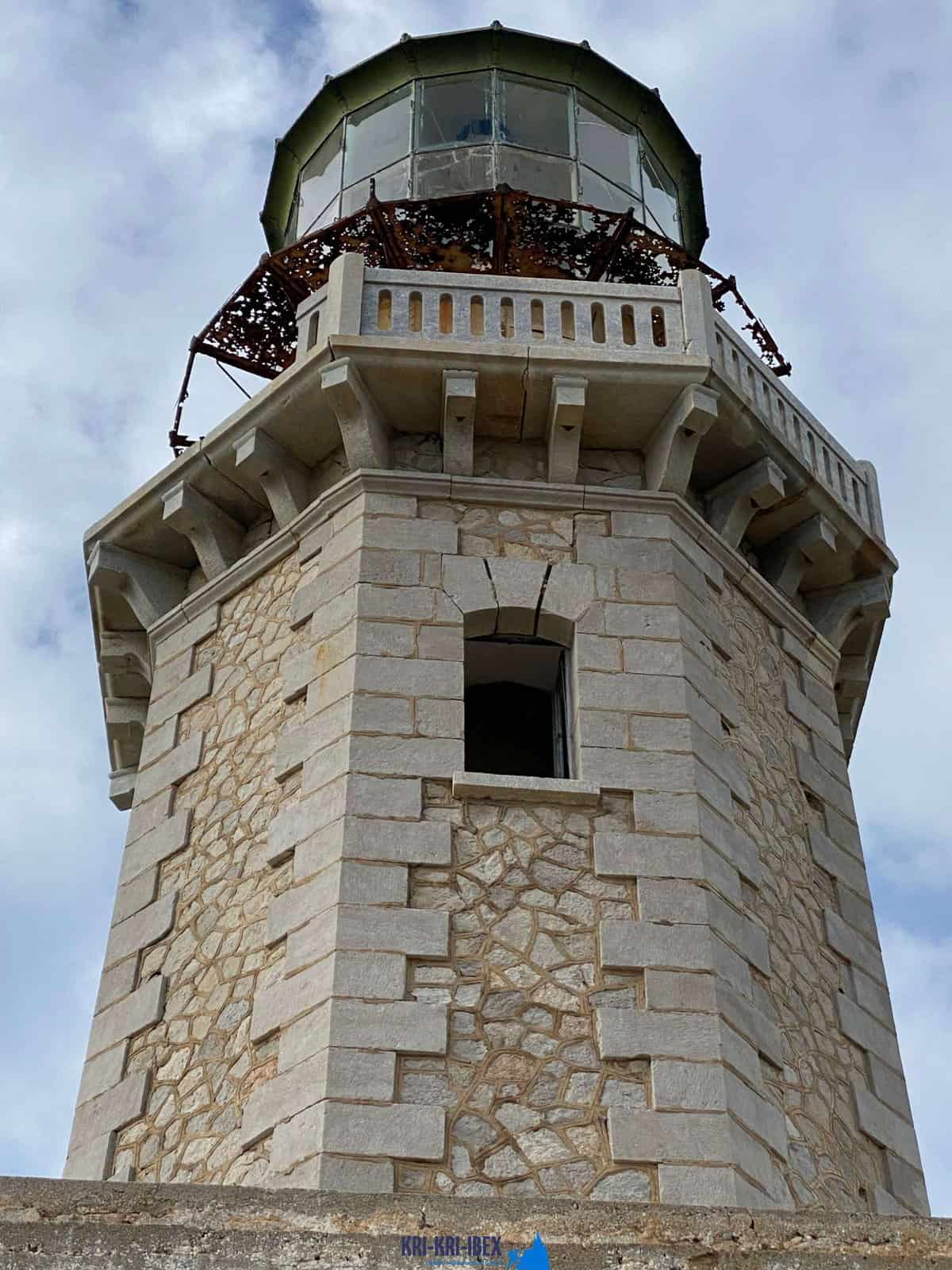
Hunting for Kri Kri ibex in Greece is a remarkable holiday experience. It is not always a difficult search or an unpleasant experience for many hunters. You can experience ancient Greece, shipwrecks, and also spearfishing during 5 days hunting for beautiful Kri Kri ibex on an unique island. Is there anything else you would such as?

Searching kri kri ibex in Greece is a tough undertaking for both abroad and also local hunters. Hunting big video game in Greece is limited for abroad seekers. Swine and also roe deer are the only options for local hunters aside from kri kri ibex, which might just be pursued in special searching territories such as certain islands. In Athens, we offer the chance to quest this incredible beast on 2 separate islands that are around 150 kilometers away and 300 kilometers away, specifically. The Kri Kri Ibex as well as mouflon may only be fired on special searching areas from very early in the early morning up until twelve noon, based on Greek legislation. You should schedule a year beforehand for a permit. Only shotguns are allowed, as well as only slugs might be utilized. Due to the fact that the Greek Ministry of Nature as well as Agriculture concerns just a certain number of licenses each year, significant hunters are allowed on these trips.
Our exterior hunting, fishing, as well as cost-free diving trips are the best way to see every little thing that Peloponnese has to provide. These scenic tours are designed for travelers that intend to leave the beaten path as well as actually experience all that this unbelievable area needs to provide. You'll reach go searching in several of one of the most lovely wilderness areas in Greece, fish in crystal-clear waters for a selection of different types, as well as cost-free dive in some of one of the most spectacular shoreline in the Mediterranean. And also most importantly, our knowledgeable guides will be there with you every action of the means to ensure that you have a enjoyable and safe experience.
There is absolutely something for every person in the Peloponnese peninsula. Whether you are interested in history and society or nature as well as outside tasks, this is a perfect destination for your following vacation. If you are short promptly, our searching as well as touring Peloponnese Tours from Methoni is a great way to see everything this impressive area needs to offer.And lastly, your Kri Kri ibex trophy is awaiting you.
What is the diference between Kri Kri ibex, Bezoar ibex and hybrid ibex
The kri-kri is not thought to be indigenous to Crete, most likely having been imported to the island during the time of the Minoan civilization. Nevertheless, it is found nowhere else and is therefore endemic to Crete. It was common throughout the Aegean but the peaks of the 8,000 ft (2,400 m) White Mountains of Western Crete are their last strongholds–particularly a series of almost vertical 3,000 ft (900 m) cliffs called ‘the Untrodden’—at the head of the Samaria Gorge. This mountain range, which hosts another 14 endemic animal species, is protected as a UNESCO Biosphere Reserve. In total, their range extends to the White Mountains, the Samaria National Forest and the islets of Dia, Thodorou, and Agii Pandes.
This Ibex is NOT a diminutive form of the Bezoar Ibex, which has migrated into the western-most reach of the range of this species. The kri – kri (Capra aegagrus cretica), sometimes called the Cretan goat, Agrimi, or Cretan Ibex, is a feral goat inhabiting the Eastern Mediterranean, previously considered a subspecies of wild goat. The kri-kri has a light brownish coat with a darker band around its neck. It has two horns that sweep back from the head. In the wild they are shy and avoid tourists, resting during the day. The animal can leap some distance or climb seemingly sheer cliffs.
“The agrimi goat Capra aegagrus cretica is unique to Crete and its offshore islands. It has been identi®ed as a sub-species of the wild bezoar goat Capra aegagrus aegagrus Erxleben, 1777, which it closely resembles in horn shape, body form and coloration. This classi®cation has been disputed by some researchers who claim that the agrimi are feral goats, derived from early domestic stock brought to the island by the ®rst Neolithic settlers. In order to clarify this issue, DNA analyses (cytochrome b and D loop sequences) were carried out on tissue of live and skeletonized agrimi and compared to sequences of wild and domestic caprines. Results conclusively show the agrimi to be a feral animal, that clades with domestic goats (Capra hircus) rather than with wild Asiatic bezoar. This study demonstrates that morphometric criteria do not necessarily re¯ect genetic af®nities, and that the taxonomic classi®cation of agrimi should be revised.”